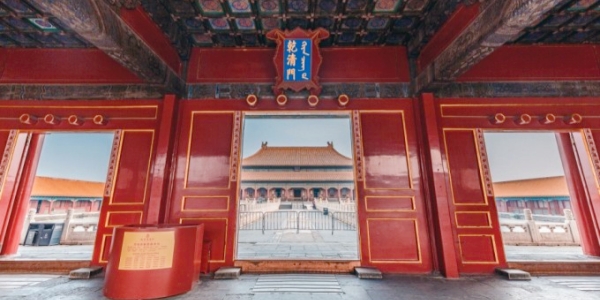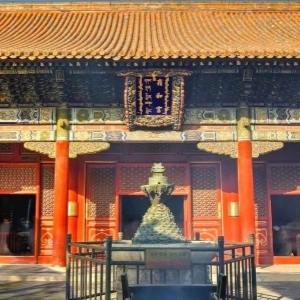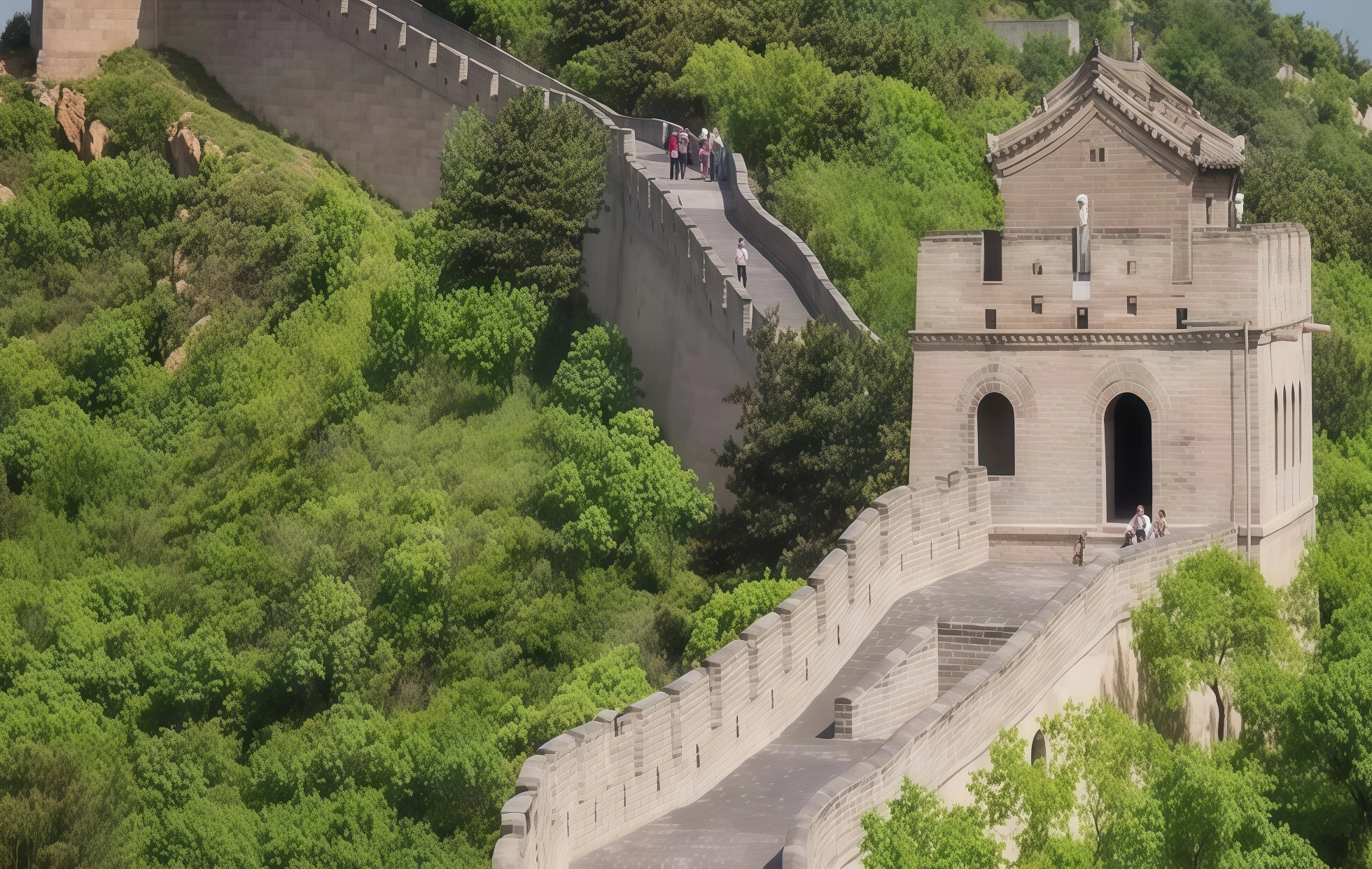The Forbidden City was a royal palace of the Ming and Qing dynasties in China. This old Forbidden City witnessed the prosperity and decline of China for hundreds of years and attracts countless domestic and foreign tourists to travel here every day. It can be said that no matter when you come to the Forbidden City, it is always crowded with people. Without a doubt, the Forbidden City on May Day is definitely one of the popular tourist attractions. How to capture an unmanned blockbuster in the crowded Forbidden City? It's actually very simple. The answer is to be the first to enter. The Forbidden City opens at 8:30 am, buy tickets online in advance, and queue up at the Meridian Gate before 8 pm. Luckily, you will be at the forefront of the queue.
If you have any questions or would like to customize your trip, please contact us!
{tour-id-1811688473729916930,1813829116677812225}
1. Dressing and matching: Incorporating ancient style to add charm
In order to coordinate with the ancient style environment of the Forbidden City, it is recommended to wear Hanfu or traditional Chinese clothing for the shoot. This not only allows for better integration into the environment, but also adds charm and storytelling to the photos.
2. Photo time: Avoid crowds and capture tranquility
Although the Forbidden City is very large, 90% of tourists follow the central axis because the main attractions are located on it. If you rush into the Meridian Gate first after the opening of the courtyard, run over the Taihe Hall Square to create a new path, and walk towards the power supply on both sides of the central axis, I believe you can have a different experience.
On the way to the Eastern Six Palaces, you can come to Qianqing Gate to take photos and check in. After passing Qianqing Gate, you will arrive at Qianqing Palace, which is also the main scene in Qinggong Opera. Qianqing Palace is the first palace of the Later Three Palaces, and there is a south study room in the south wing of Qianqing Palace. It is said that the young Emperor Kangxi cleverly captured Aobai here, eliminating a major threat.

In the morning, the East Sixth Palace was deserted. Located on the east side of the central axis of the Forbidden City, on Dongyi Long Street, it was a group of buildings consisting of six identical courtyards. This was the residence of concubines, and if you often watch Qing Dynasty dramas, the palace names are familiar to you.
Yanxi Palace, people who have read the previously popular "Yanxi Strategy" want to check in here. Unfortunately, it was destroyed by a fire as early as the Daoguang period. Later, a Western style building was built inside, and now it is the cultural relics warehouse of the Palace Museum.
3. Shooting angle: Find a unique perspective and freeze the moment
There will be a long corridor outside the East Sixth Palace, with high walls on both sides and a narrow sky forming a strong contrast. The atmosphere here is very oppressive, and the emptiness along the central axis forms a sharp contrast. Walking on such a palace road, one cannot help but feel a lot of emotions and sighs.
The high city walls and magnificent palaces, dazzling yellow and pure red, constitute the greatness and mystery of the Forbidden City. The pinnacle of Chinese architecture in the Forbidden City, many of which are very exquisite, so you can raise the camera lens on the road to capture some details of the palace. Any shot will be a big shot.
The high city walls and magnificent palaces, dazzling yellow and pure red, constitute the greatness and mystery of the Forbidden City. The pinnacle of Chinese architecture in the Forbidden City, many of which are very exquisite, so you can raise the camera lens on the road to capture some details of the palace. Any shot will be a big shot.
From Shenwu Gate, you can wait for the city wall, circle around the Forbidden City, and take pictures of its buildings. From a distance, you can even take pictures of Jingshan Park.

In the afternoon, after wandering around other places, you can walk back along the central axis. Half an hour before closing, the Taihe Hall Square was still crowded in the morning. Now you are the only one, just take a photo. The Taihe Hall is actually used as a venue for various ceremonies, with very few actual uses.
The Forbidden City closes at five o'clock, and by looking for angles in the square before closing, you can capture a large scene without anyone.
The unmanned Taihe Gate is the largest palace gate in the Forbidden City and the main entrance of the outer palace. There is a pair of bronze lions and four bronze tripods in front of the Taihe Gate, which were cast in the Ming Dynasty.
The tempting curve of Jinshui River, by lowering the aircraft position, can block the last wave of tourists leaving the palace and capture the scene of people appearing and disappearing. The Jinshui River, commonly known as the Tongzi River or the moat, is divided into the Inner Jinshui River and the Outer Jinshui River. The Inner Jinshui River flows through the Taihe Gate inside the Forbidden City. After filming, you can leave the palace through Donghua Gate
Of course, it's impossible to finish filming all the buildings in the Forbidden City in a day. This Forbidden City has too many stories and legends. It sits quietly on the busiest street in Beijing, welcoming the bustling crowd and witnessing China's decline and rise. The Forbidden City is like a piece of history, worth savoring carefully.
Related Posts
Create Your Customized Trip
Take about 2 minutes to fill the form to tell us how you like to travel, and get a reply within 1 working day.









